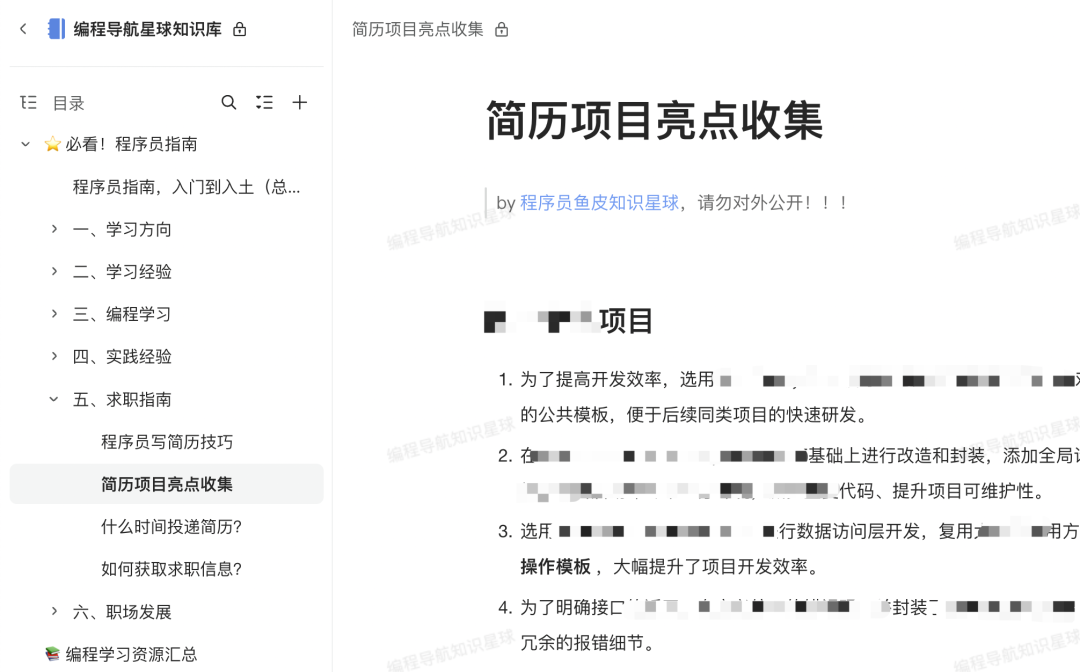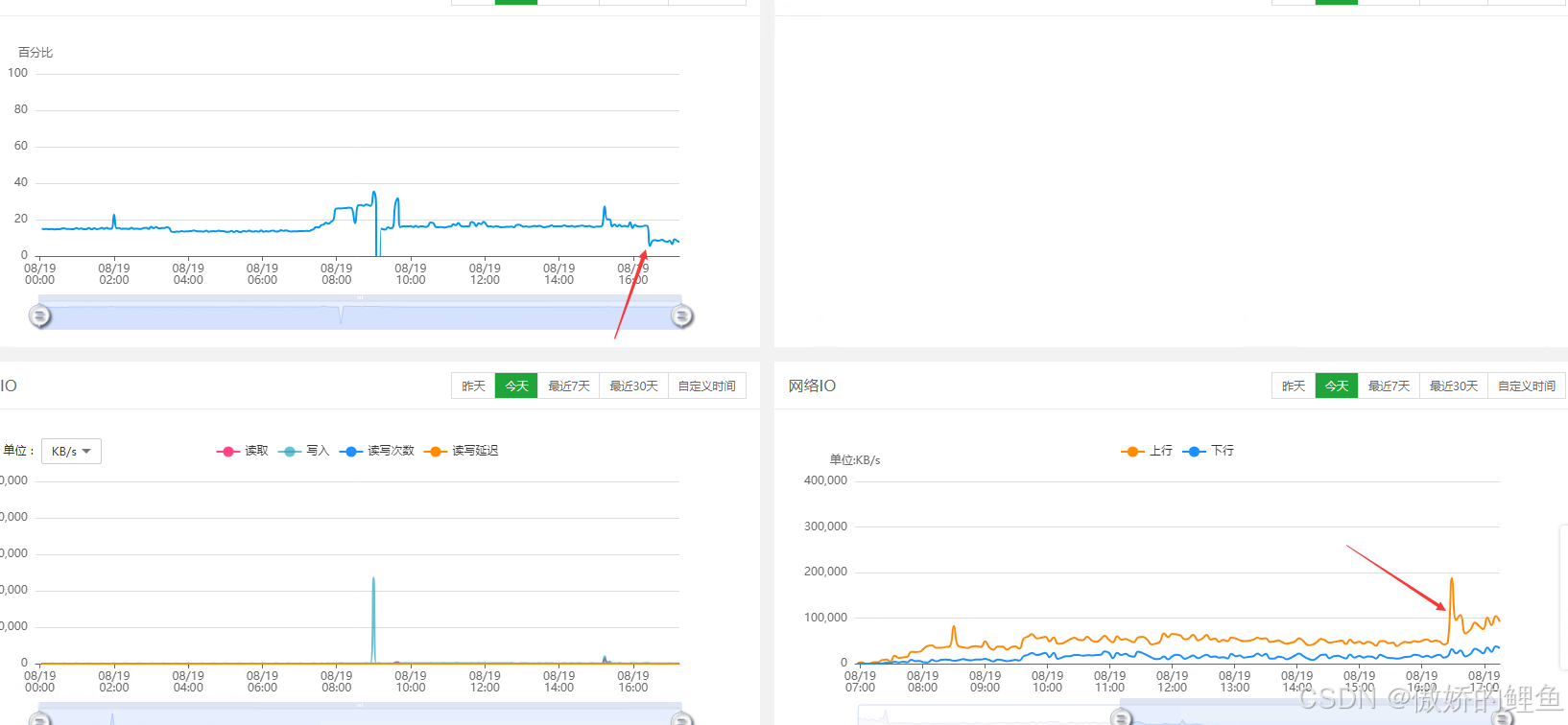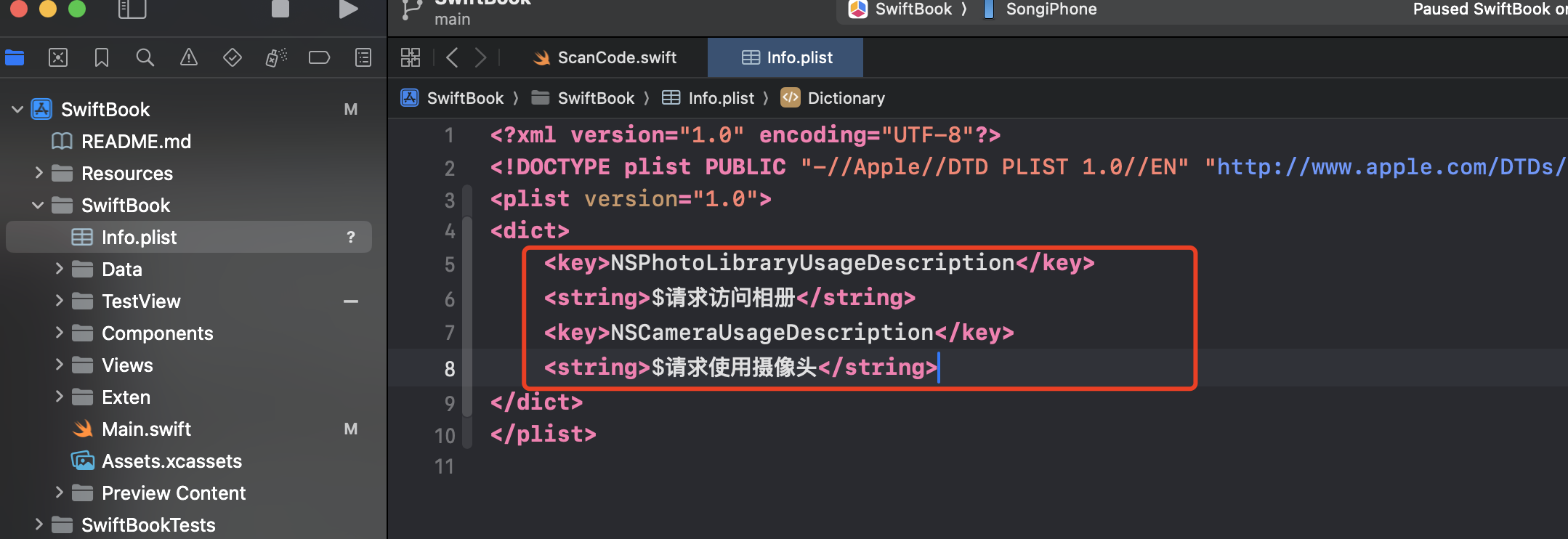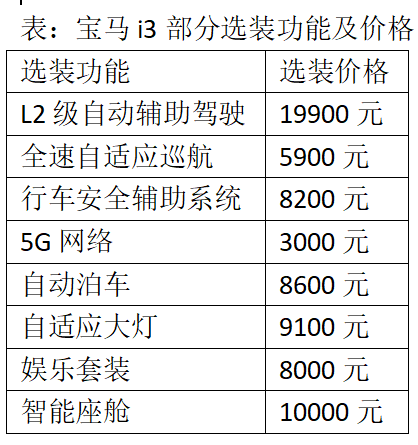1、基本介绍
1)平衡二叉树又叫平衡二叉搜索树(Self-balanceing binary search tree),又被称为AVL树,可以保证查询效率较高。
2)具有以下特点:它是一颗空树或它的左右两颗子树的高度差绝对值不超过1,并且左右两个子树都是一棵平衡二叉树。平衡二叉树的常用的实现方法有红黑树、AVL、替罪羊树、Treap、伸展树等
二叉排序树可能存在的问题:

- 左子树全部为空,从形式上看,更像一个单链表
- 插入速度没有影响
- 查询速度明显降低(因为需要依次比较),不能发挥BST的优势,因为每次还需要比较左子树,其查询速度比单链表还慢
- 解决方案——平衡二叉树
2、应用案例—— 单旋转(左旋转、右旋转)、双旋转
全部代码实现
public class AVLTreeDemo {
public static void main(String[] args) {
// int[] arr = {4, 3, 6, 5, 7, 8};
int[] arr = {10,12,8,9,7,6};
// 创建一个AVLTree对象
AVLTree avlTree = new AVLTree();
// 添加节点
for (int i = 0; i < arr.length; i++) {
avlTree.add(new Node(arr[i]));
}
// 遍历
System.out.println("中序遍历");
avlTree.infixOrder();
System.out.println("在没有平衡处理前");
System.out.println(avlTree.getRoot().height());
System.out.println("树的左子树的高度=" + avlTree.getRoot().leftHeight());
System.out.println("树的右子树的高度=" + avlTree.getRoot().rightHeight());
System.out.println("当前的根节点=" + avlTree.getRoot());
}
}
class AVLTree {
private Node root;
public Node getRoot() {
return root;
}
// 查找要删除的节点
public Node search(int value) {
if (root == null) {
return null;
}
return root.search(value);
}
// 查找父节点
public Node searchParent(int value) {
if (root == null) {
return null;
}
return root.searchParent(value);
}
//1、 返回的以 node 为根结点的二叉排序树的最小节点的值
//2、 删除 node 为根结点的二叉排序树的最小节点
/**
* @param node 传入的节点(当做二叉排序树的根结点)
* @return 返回的以 node 为根结点的二叉排序树的最小节点的值
*/
public int delRightTreeMin(Node node) {
Node target = node;
//循环地查找左子节点,就会找到最小值
while (target.left != null) {
target = target.left;
}
// 这时target就指向了最小节点,删除最小节点
delNode(target.value);
return target.value;
}
// 删除节点
public void delNode(int value) {
if (root == null) {
return;
} else {
// 1、需求先去找到要删除的节点 targetNode
Node targetNode = search(value);
// 如果没有找到要删除的节点
if (targetNode == null) {
return;
}
// 如果我们发现当前这颗二叉树只有一个节点
if (root.left == null && root.right == null) {
root = null;
return;
}
// 去找到targetNode的父节点
Node parent = searchParent(value);
// 如果要删除的是叶子节点
if (targetNode.left != null && targetNode.right == null) {
// 判断targetNode是父节点的左子节点还是右子节点
if (parent.left != null && parent.left.value == value) {// 是左节点
parent.left = null;
} else if (parent.right != null && parent.right.value == value) {// 是右节点
parent.right = null;
}
} else if (targetNode.left != null && targetNode.right != null) {// 删除有两颗子树的节点
int minValue = delRightTreeMin(targetNode.right);
targetNode.value = minValue;
} else {// 删除只有一颗子树的节点
// 如果要删除的节点有左子节点
if (targetNode.left != null) {
if (parent != null) {
// 如果 targetNode 是parent 的左子节点
if (parent.left.value == value) {
parent.left = targetNode.left;
} else { // targetNode 是 parent 的右子节点
parent.right = targetNode.left;
}
} else {
root = targetNode.left;
}
} else {// 如果要删除的节点有右子节点
if (parent != null) {
// 如果 targetNode 是 parent 的左子节点
if (parent.left.value == value) {
parent.left = targetNode.right;
} else {// 如果 targetNode 是 parent 的右子节点
parent.right = targetNode.right;
}
} else {
root = targetNode.right;
}
}
}
}
}
// 添加节点的方法
public void add(Node node) {
if (root == null) {
root = node;// 如果root是空值 直接让root指向node
} else {
root.add(node);
}
}
//中序遍历
public void infixOrder() {
if (root != null) {
root.infixOrder();
} else {
System.out.println("二叉排序树为空,不能遍历!");
}
}
}
// 创建Node节点
class Node {
public int value;
public Node left;
public Node right;
public Node(int value) {
this.value = value;
}
// 返回左子树的高度
public int leftHeight() {
if (left == null) {
return 0;
}
return left.height();
}
//返回右子树的高度
public int rightHeight() {
if (right == null) {
return 0;
}
return right.height();
}
// 返回以当前节点为根结点的树的高度
public int height() {
return Math.max(left == null ? 0 : left.height(), right == null ? 0 : right.height()) + 1;
}
// 左旋转方法
private void leftRotate() {
// 创建新的节点 以当前根节点的值
Node newNode = new Node(value);
// 把新的节点的左子树设置成当前节点的左子树
newNode.left = left;
// 把新的节点的右子树设置成当前节点的右子树的左子树
newNode.right = right.left;
// 把当前节点的值替换成右子节点的值
value = right.value;
// 把当前节点的右子树设置成当前节点右子树的右子树
right = right.right;
// 把当前节点的左子树(左子节点)设置成新的节点
left = newNode;
}
// 右旋转
private void rightRotate() {
Node newNode = new Node(value);
newNode.right = right;
newNode.left = left.right;
value = left.value;
left = left.left;
right = newNode;
}
@Override
public String toString() {
return "Node{" +
"value=" + value +
'}';
}
/**
* 查找要删除的节点
*
* @param value 希望删除的节点的值
* @return 如果找到返回该节点,否则返回null
*/
public Node search(int value) {
if (value == this.value) {
return this;
} else if (value < this.value) {// 如果查找的值小于当前节点,向左子树递归查找
if (this.left == null) {
return null;
}
this.left.search(value);
} else {// 如果查找的值大于当前节点,向右子树递归查找
if (this.right == null) {
return null;
}
return this.right.search(value);
}
return null;
}
/**
* 查找要删除节点的父节点
*
* @param value 要找的节点的值
* @return 返回的是要删除的节点的父节点,如果没有就返回null
*/
public Node searchParent(int value) {
if ((this.left != null && this.left.value == value) || (this.right != null && this.right.value == value)) {
return this;
} else {
// 如果查找到值小于当前节点的值,并且当前节点的左子节点不为空
if (value < this.value && this.left != null) {
return this.left.searchParent(value);// 向左子树递归查找
} else if (value > this.value && this.right != null) {
return this.right.searchParent(value);// 向右子树递归查找
} else {
return null;// 没有找到父节点
}
}
}
// 添加节点的方法
// 递归的形式添加节点,注意需要满足二叉排序树的要求
public void add(Node node) {
if (node == null) {
return;
}
// 判断传入的节点的值,和当前子节点值大小
if (node.value < this.value) {
// 如果当前节点左子节点为null
if (this.left == null) {
this.left = node;
} else {
// 递归地像左子树添加
this.left.add(node);
}
} else {// 添加的节点的值大于当前节点的值
if (this.right == null) {
this.right = node;
} else {
// 递归地像右子树添加
this.right.add(node);
}
}
// 当添加完一个节点后,如果:(右子树的高度 - 左子树的高度) > 1, 左旋转
if(rightHeight() - leftHeight() > 1) {
// 如果它的右子树的左子树的高度大于它的右子树的右子树的高度
if(right != null && right.leftHeight() > right.rightHeight()) {
// 先对右子节点进行右旋转
right.rightRotate();
// 再对当前节点进行左旋转
leftRotate();// 左旋转。。。
} else {
// 直接左旋转即可
leftRotate();
}
return; // 必须要!!!
}
// 当添加完一个节点后, 如果(左子树的高度 - 右子树的高度) > 1, 右旋转
if(leftHeight() - rightHeight() > 1) {
// 如果它的左子树的右子树的高度大于它的左子树的高度
if(left != null && left.rightHeight() > left.leftHeight()) {
// 先对当前节点的左节点(左子树) -》 左旋转
left.leftRotate();
// 再对当前节点进行右旋转
rightRotate();
} else {
// 直接进行右旋转
rightRotate();
}
}
}
// 中序遍历
public void infixOrder() {
if (this.left != null) {
this.left.infixOrder();
}
System.out.println(this.toString());
if (this.right != null) {
this.right.infixOrder();
}
}
}



















